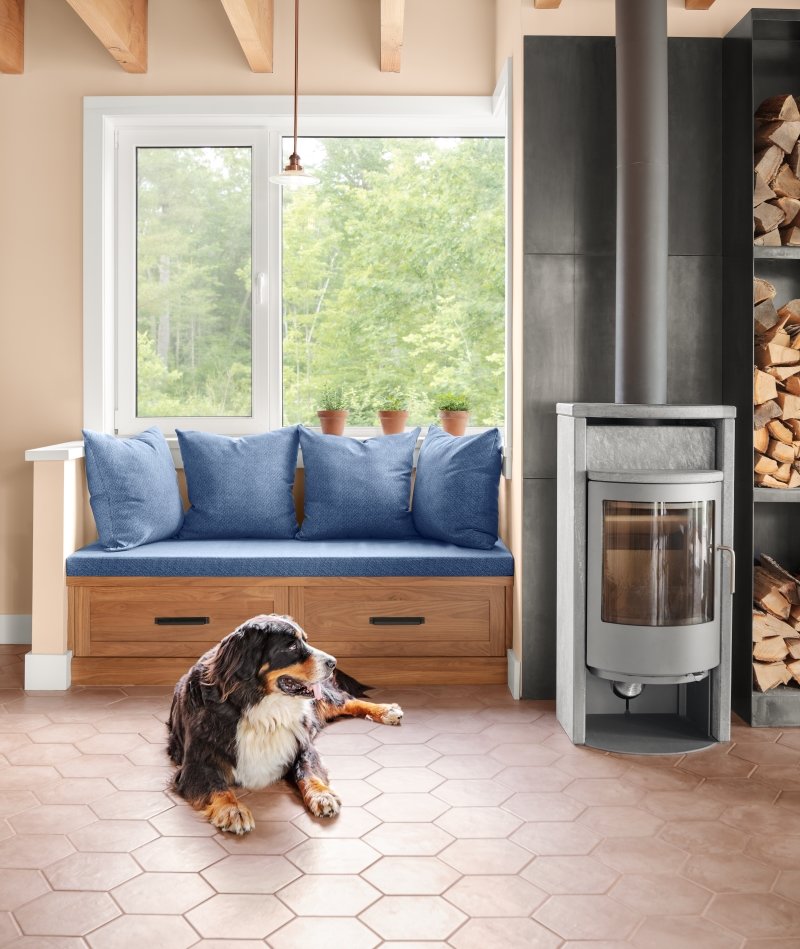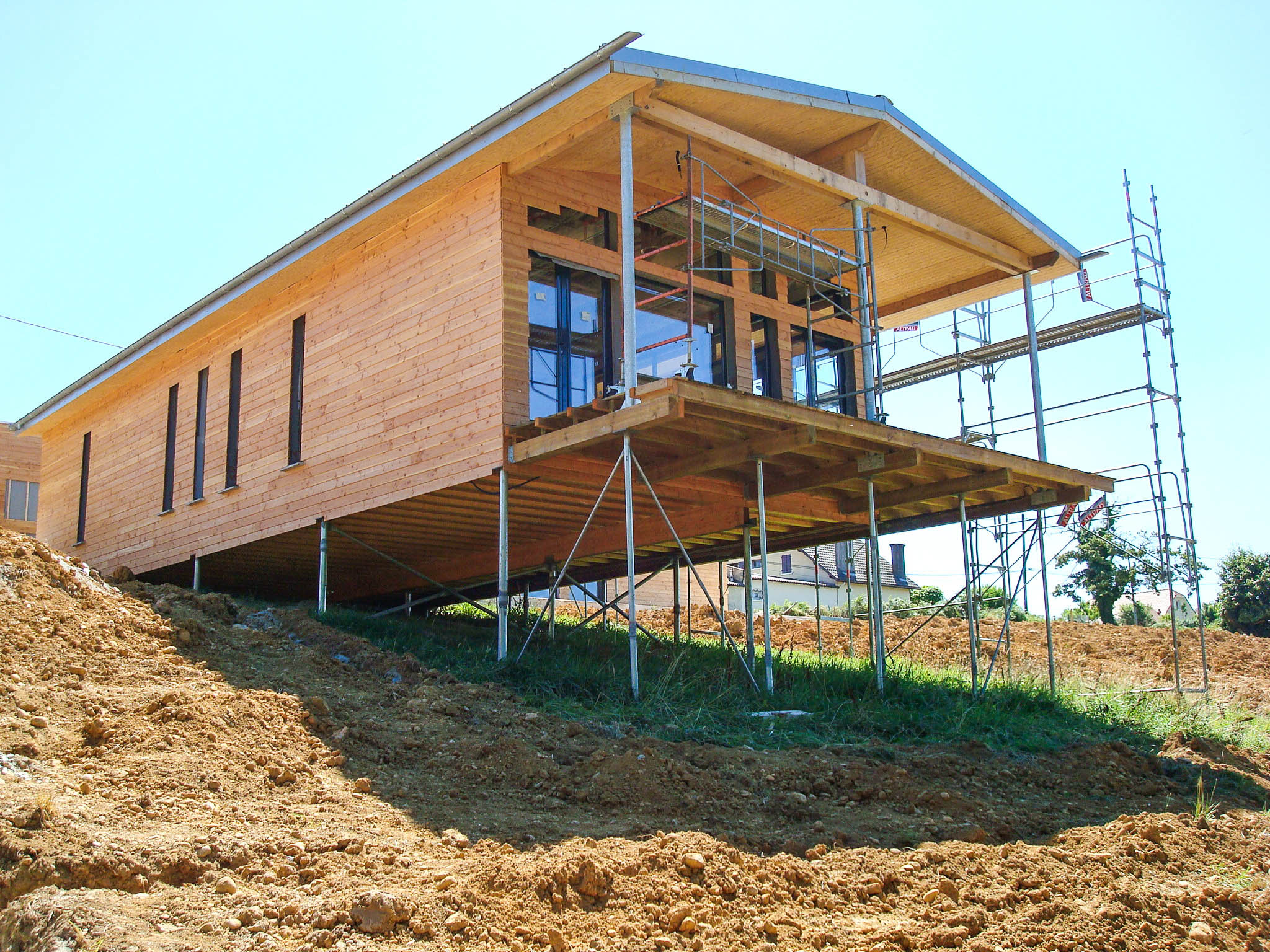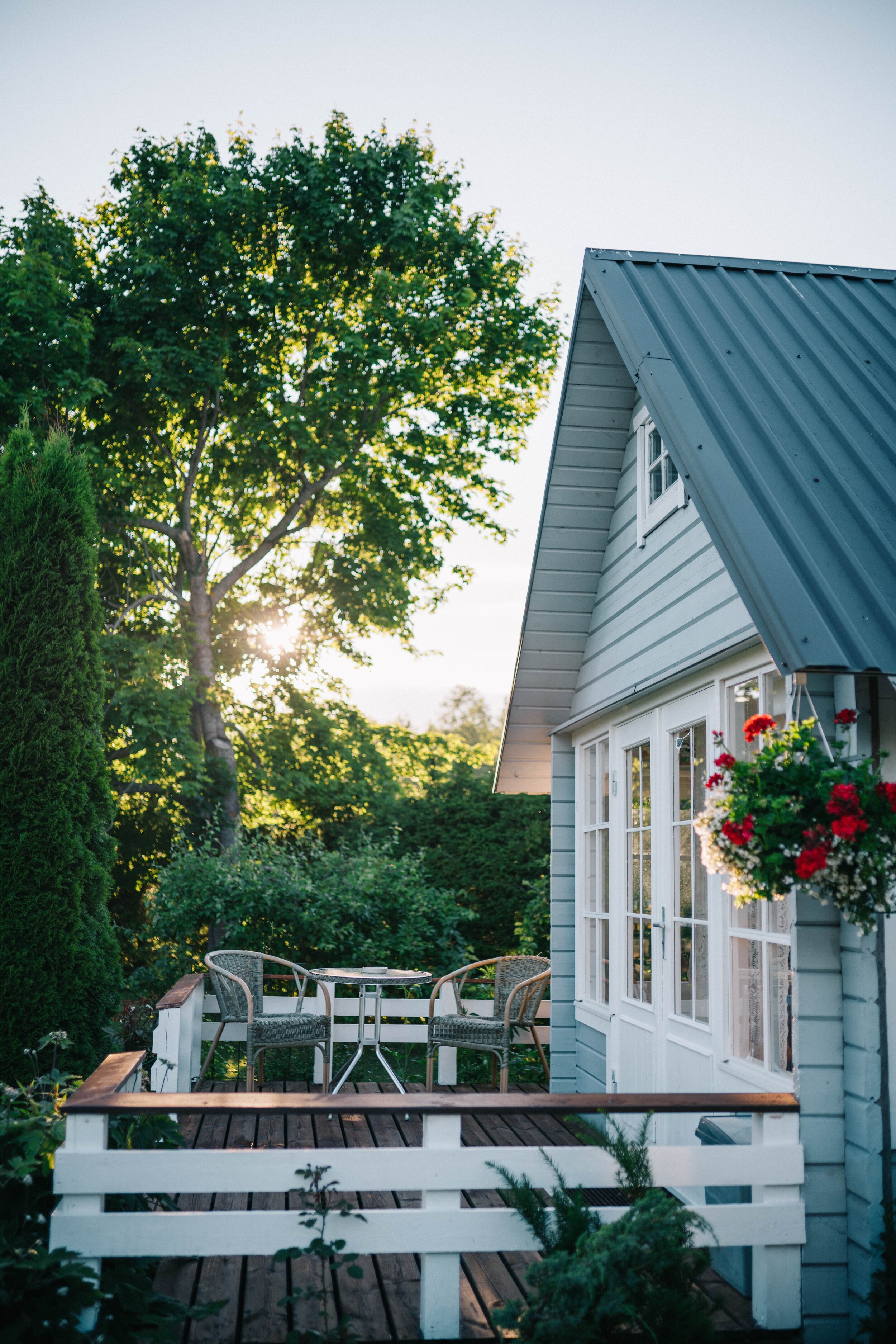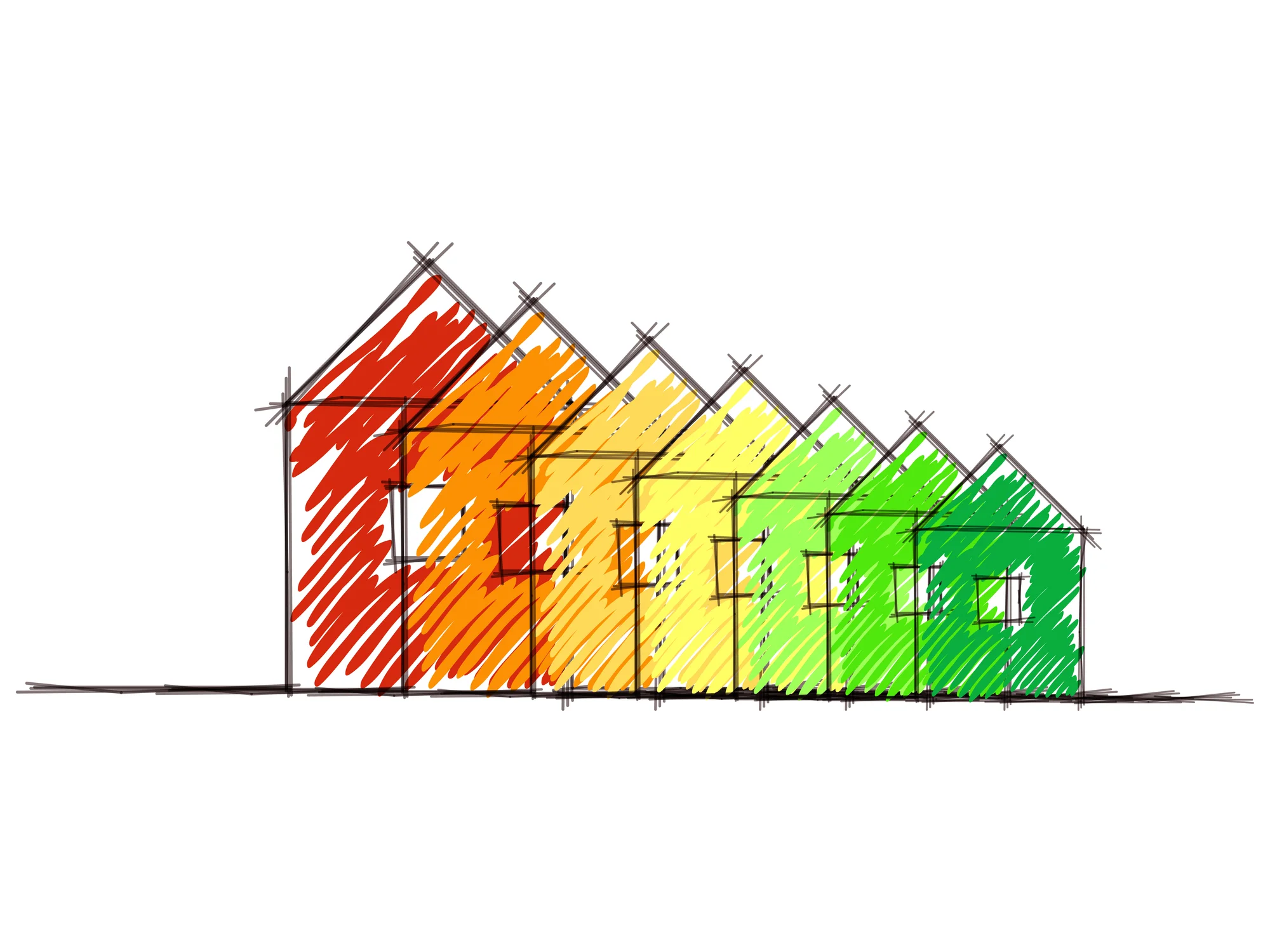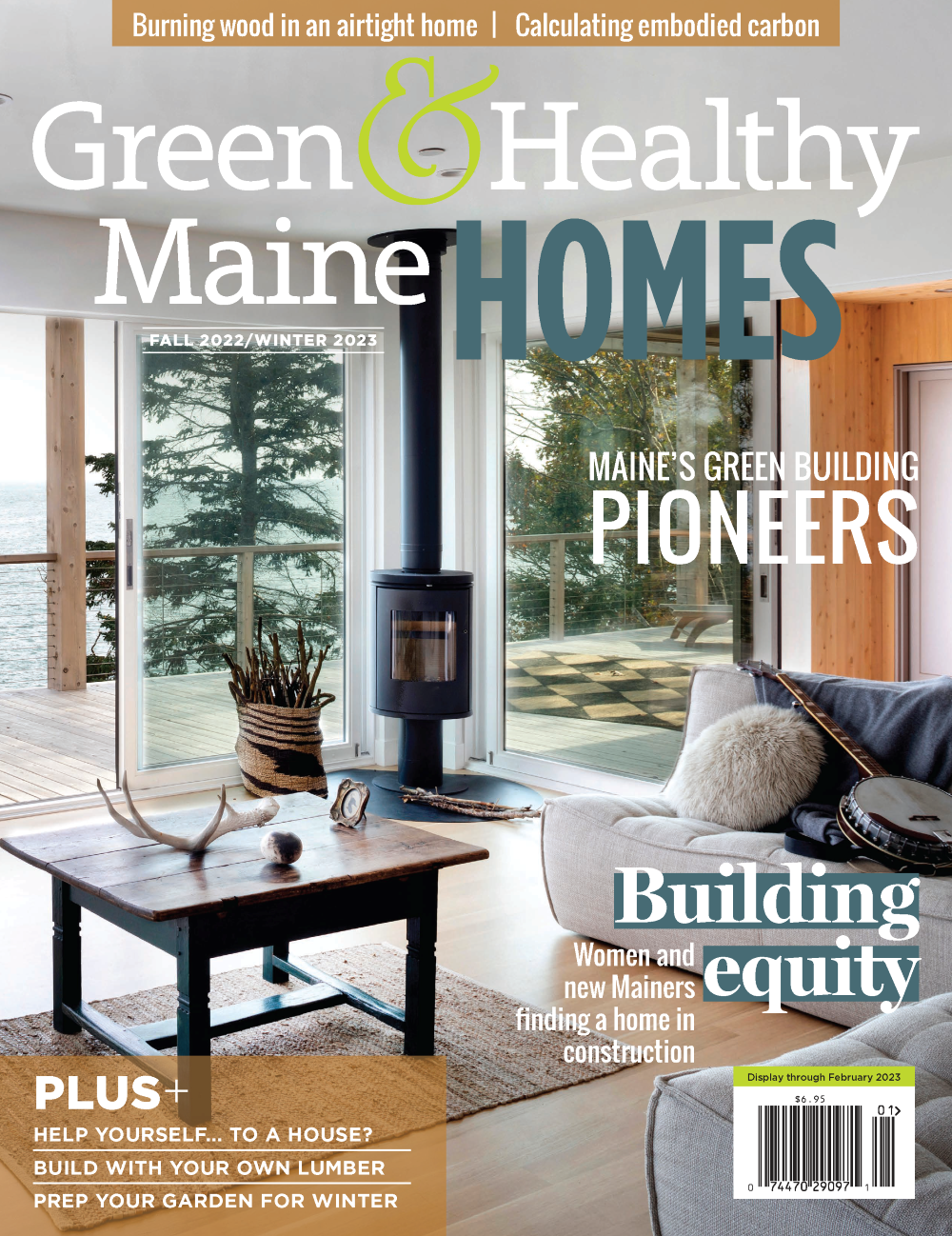Building Science 101: Burning wood in a high-performance home
The warmth and glow of a wood fire is one of the cozy joys of winter. In a high-performance home, a fireplace must be airtight, with closed chambers that draw the oxygen from the outside, not from the indoor air you breathe. Photo: Irvin Serrano Photography
High-performance hygge
By Parlin Meyer
ENJOYING THE COMFORTING warmth and natural glow of a wood fire is one of many ways to stave off the chill during the cooler months in Maine. However, in a high-performance home, where one of the fundamentals is a well-sealed, well-insulated building envelope (everything in a home that separates the indoors from the outdoors), having a chimney can be problematic. Fortunately, there are solutions that allow you to safely get all the benefits of a fireplace without compromising on performance.
BUILDING SCIENCE BASICS: HOW AIR MOVES IN A HOME
In any type of building, air leaks and heat loss happen because of indoor air pressure differentials. Most homes have a high-pressure zone in the upper half and low-pressure zone in the lower half. Warm air is buoyant and rises until it is trapped by the uppermost ceiling and walls. When enough warm air accumulates against these barriers, it exerts pressure on vulnerabilities in the envelope and forces air to escape outdoors.
As this warm air moves upward and outward, negative pressure—when indoor air pressure is lower than pressure outside—is created in the lower half of the home. This allows the cold air that is pressing on the outside of the home to enter through vulnerabilities in the lower half of the envelope. Through this cycle of hot air leaving and cold air simultaneously entering, the temperature indoors begins to drop, forcing the heating system to work harder. The more gaps that exist for warm air to escape and cold air to enter, the more the performance of the building will suffer.
THE HURDLES OF OPEN HEARTHS IN HIGH-PERFORMANCE HOMES
A traditional masonry fireplace is a large hole in your home’s thermal envelope, creating easy access for the cold air outside to make a swift entry through the chimney. When a fire is burning, airflow in the flue is reversed and the hot air creates a draft that rises through the flue, releasing combustion byproducts and 80–90% of the heat generated. Surprisingly, though, heat loss is not the biggest concern when considering whether to install a fireplace in a high-performance home. Limited airflow in and out of a well-sealed home means that an ill-planned installation can also become extremely dangerous.
Fire requires oxygen, and an open-hearth fireplace pulls it from inside your home. To replace this oxygen, air must flow back into your home for the fire to burn properly and the space to be safe for inhabitants. Also, while oxygen is being consumed, carbon monoxide is generated as a by-product of the incomplete combustion of the firewood. Some of this gas is released back into the enclosed room, and the rest tries to exit through the chimney. If everything is working properly, this hot, polluted air will flow up and out. However, if the fire is not burning hot enough, the chimney is obstructed, or air pressure differences are not in the correct balance, a backdraft can form and reverse the flow of air inside the flue.
High-performance homes are especially susceptible to this phenomenon because of their carefully controlled airflow. Most of the air exchange in a well-sealed structure is managed via low-flow air-exchange systems, such as energy recovery ventilators (ERVs), and high-powered exhaust systems, like stove vents or bathroom fans. In an open-hearth scenario, the movement of air out of the home, coupled with the depletion of indoor oxygen during combustion, creates such low air pressure inside that the pressure outside is greater. Without any crevices in the envelope or poorly sealed windows available to allow air to flow back in and restore the pressure balance, the only option is for air to blow down the chimney, even when the fire is lit. The result is a host of harmful pollutants, including particulates and carbon monoxide, moving into your air space.
WOOD STOVES: A BETTER-BREATHING ALTERNATIVE TO TRADITIONAL FIREPLACES
In a high-performance home, a fireplace must be airtight, with closed chambers that draw the oxygen necessary for combustion from the outside, not from the indoor air you breathe. You can achieve this with a modern gas fireplace, but if your goal is to live in a home free of fossil fuels, a wood stove can be a good option.
Airtight wood stoves offer a safer alternative that produces the same glow and warmth as a fireplace without affecting indoor air quality. Intake and exhaust vents into the combustion chamber, as well as the firebox, are made through direct connections to the exterior and sealed as thoroughly as the rest of your home, making it less likely to serve as an unwanted point of air exchange. Airtight wood stoves are stylish and easy additions to homes. And they offer all of the sensory delights afforded by burning wood.
An electric stove combines ambience, efficiency and safety in this home with young children. Photo: C.A. Smith Photography, courtesy of BrightBuilt Home
ELECTRIC AND ETHANOL STOVES: THE ULTIMATE SUSTAINABLE “FIREPLACE” SOLUTIONS
Though burning wood may seem like an environmentally friendly way to heat your home while creating a cozy atmosphere, the process of combustion releases a significant amount of carbon dioxide (CO2)—a greenhouse gas responsible for climate change—into the atmosphere. Trees sequester CO2 from the air while living, but once felled and burned, that carbon is once again released. This process emits 75% more CO2 than burning natural gas but raises this question: Is the tradeoff of burning a high-emission renewable resource better than burning a cleaner non-renewable one?
If you want to be truly green and operate with no emissions, opt for an electric fireplace. By far the most energy-efficient option, electric fireplaces lose only around 1% of the heat they produce because they have no connection to the outdoors. They have also improved dramatically in the authentic appearance of the “flames’’ they produce and can be installed with a hearth to provide the look and feel of a more traditional fireplace. If your home has solar panels, this option also allows you to enjoy the warmth and ambiance without burning fossil fuels or wood.
But if not having a real flame is a deal-breaker for you, ethanol fireplaces require no venting. Ethanol is a renewable resource produced from plants, making it a much more sustainable choice than other types of fuel. Plus, without the need for venting, the overall installation of the system will cost significantly less. If having a fireplace is one of the factors holding you back from building sustainably, consider the wood stove, electric or ethanol alternatives that allow you to get a similar aesthetic without affecting air quality or performance.
This article appeared in the Fall 2022 edition of Green & Healthy Maine HOMES. Subscribe today!
Find Maine experts that specialize in healthy, efficient homes in the Green Homes Business Directory.

